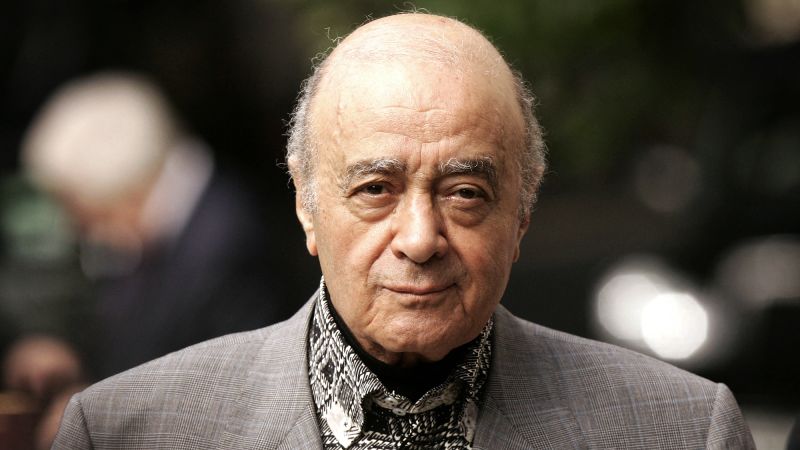 Ukraine’s energy supply system is under intense pressure as the country’s ongoing conflict with Russia moves into its third winter. This is arguably the most severe challenge the energy grid has faced.
Ukraine’s energy supply system is under intense pressure as the country’s ongoing conflict with Russia moves into its third winter. This is arguably the most severe challenge the energy grid has faced.
The key issue is that Ukraine is heavily reliant on fossil fuels, particularly coal and gas, for its energy needs. A significant portion of these resources used to come from the regions now controlled by Russian-backed separatists, leaving the country struggling to bridge the resulting energy gap.
The situation is further complicated due to damage to the existing infrastructure during the conflict, including power plants and grids, which hinders the delivery of electricity across the country.
The government has been trying to mitigate these issues by diversifying its energy sources, increasing energy efficiency, and implementing reforms in its energy sector. This includes increasing the share of renewable sources in its energy mix and reducing its reliance on imports, particularly those from Russia. However, these are long-term solutions which don’t fully address the immediate problem.
The international community has also been offering support, both in terms of financial aid for energy sector reforms and humanitarian assistance to meet the basic needs of the affected population. However, much more needs to be done to help Ukraine overcome this challenging situation.
It’s important to note that the energy crisis in Ukraine has broader implications, potentially impacting European energy security given the country’s role as a major transit route for Russian gas to Europe.
In conclusion, this third winter of conflict will truly test Ukraine’s resilience and its ability to adapt to its drastically changed





